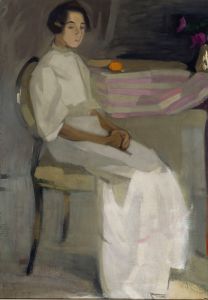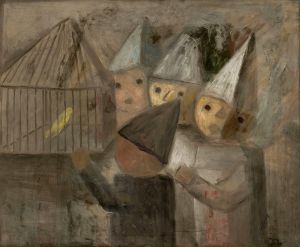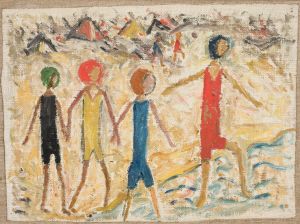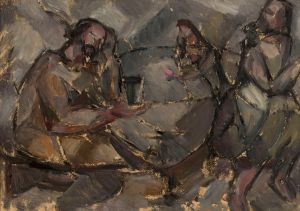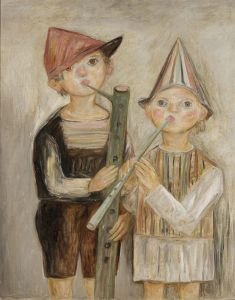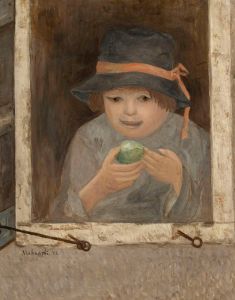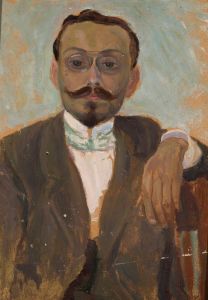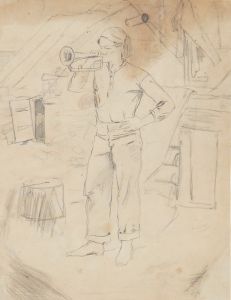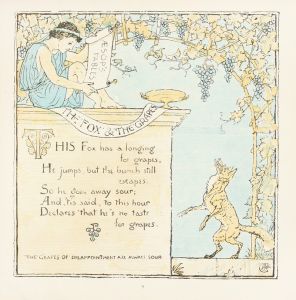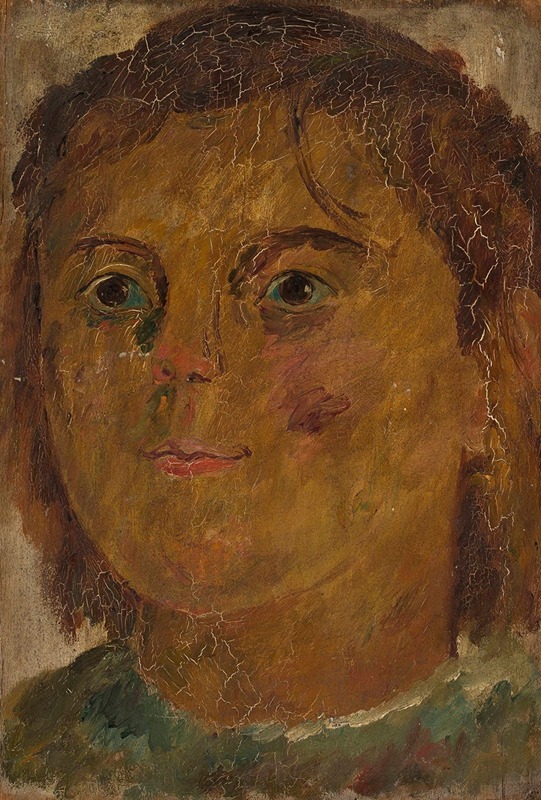
Portrait study of a little girl
A hand-painted replica of Tadeusz Makowski’s masterpiece Portrait study of a little girl, meticulously crafted by professional artists to capture the true essence of the original. Each piece is created with museum-quality canvas and rare mineral pigments, carefully painted by experienced artists with delicate brushstrokes and rich, layered colors to perfectly recreate the texture of the original artwork. Unlike machine-printed reproductions, this hand-painted version brings the painting to life, infused with the artist’s emotions and skill in every stroke. Whether for personal collection or home decoration, it instantly elevates the artistic atmosphere of any space.
Tadeusz Makowski was a Polish painter known for his unique style that combined elements of Post-Impressionism and Cubism. He was born on January 29, 1882, in Oświęcim, Poland, and studied at the Academy of Fine Arts in Kraków. Makowski moved to Paris in 1908, where he became part of the vibrant artistic community and was influenced by the works of artists such as Paul Cézanne and Georges Braque. His work often depicted scenes of everyday life, with a particular focus on children, which became a recurring theme throughout his career.
"Portrait Study of a Little Girl" is one of Makowski's notable works, exemplifying his interest in capturing the innocence and simplicity of childhood. The painting reflects Makowski's distinct style, which often involved the use of geometric forms and a muted color palette. His approach to portraiture was characterized by a blend of realism and abstraction, allowing him to convey the essence of his subjects while also experimenting with form and structure.
Makowski's work is often associated with a sense of nostalgia and a longing for the simplicity of rural life, which can be seen in his depictions of children. His portraits of children, including "Portrait Study of a Little Girl," are marked by a gentle and introspective quality. The subjects are often portrayed with a sense of stillness and contemplation, inviting viewers to engage with the emotional depth of the painting.
Throughout his career, Makowski exhibited his work in various galleries and exhibitions, gaining recognition for his unique artistic vision. Despite the challenges he faced during his lifetime, including the impact of World War I and the interwar period, Makowski remained dedicated to his craft. His work continues to be celebrated for its emotional resonance and innovative approach to form and composition.
Makowski's influence extends beyond his own paintings, as he played a significant role in the development of modern art in Poland. His work has been exhibited in numerous museums and galleries, both in Poland and internationally, and he is regarded as one of the key figures in Polish art history.
"Portrait Study of a Little Girl" serves as a testament to Makowski's ability to capture the essence of childhood with sensitivity and depth. The painting remains an important part of his oeuvre, reflecting his mastery of form and his commitment to exploring the human experience through art. While specific details about the painting's creation and provenance may not be widely documented, its significance within Makowski's body of work is undeniable.
Tadeusz Makowski passed away on November 1, 1932, in Paris, leaving behind a legacy of work that continues to inspire and resonate with audiences today. His contributions to the art world are remembered for their emotional depth, technical skill, and innovative approach to capturing the human spirit.





